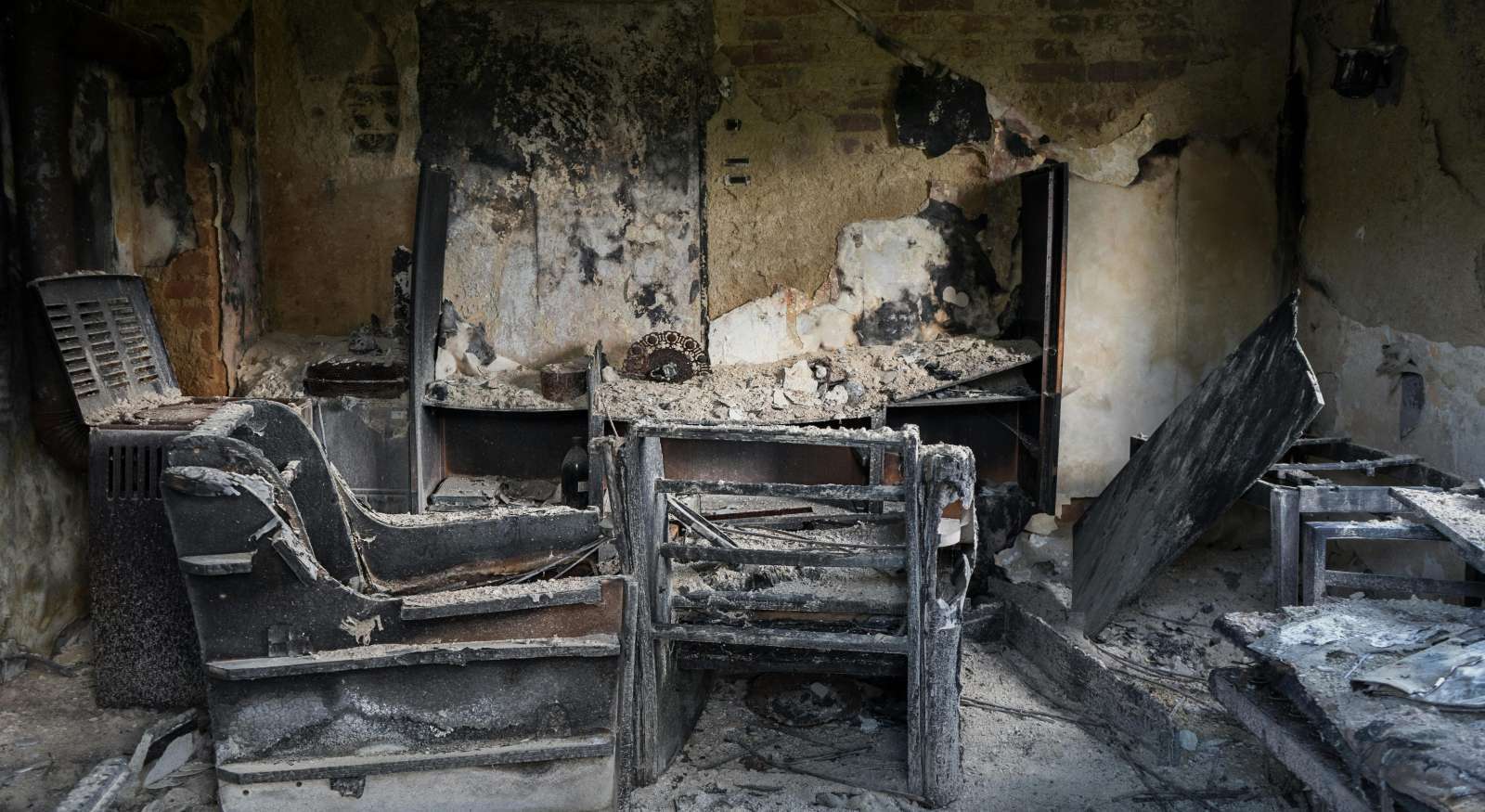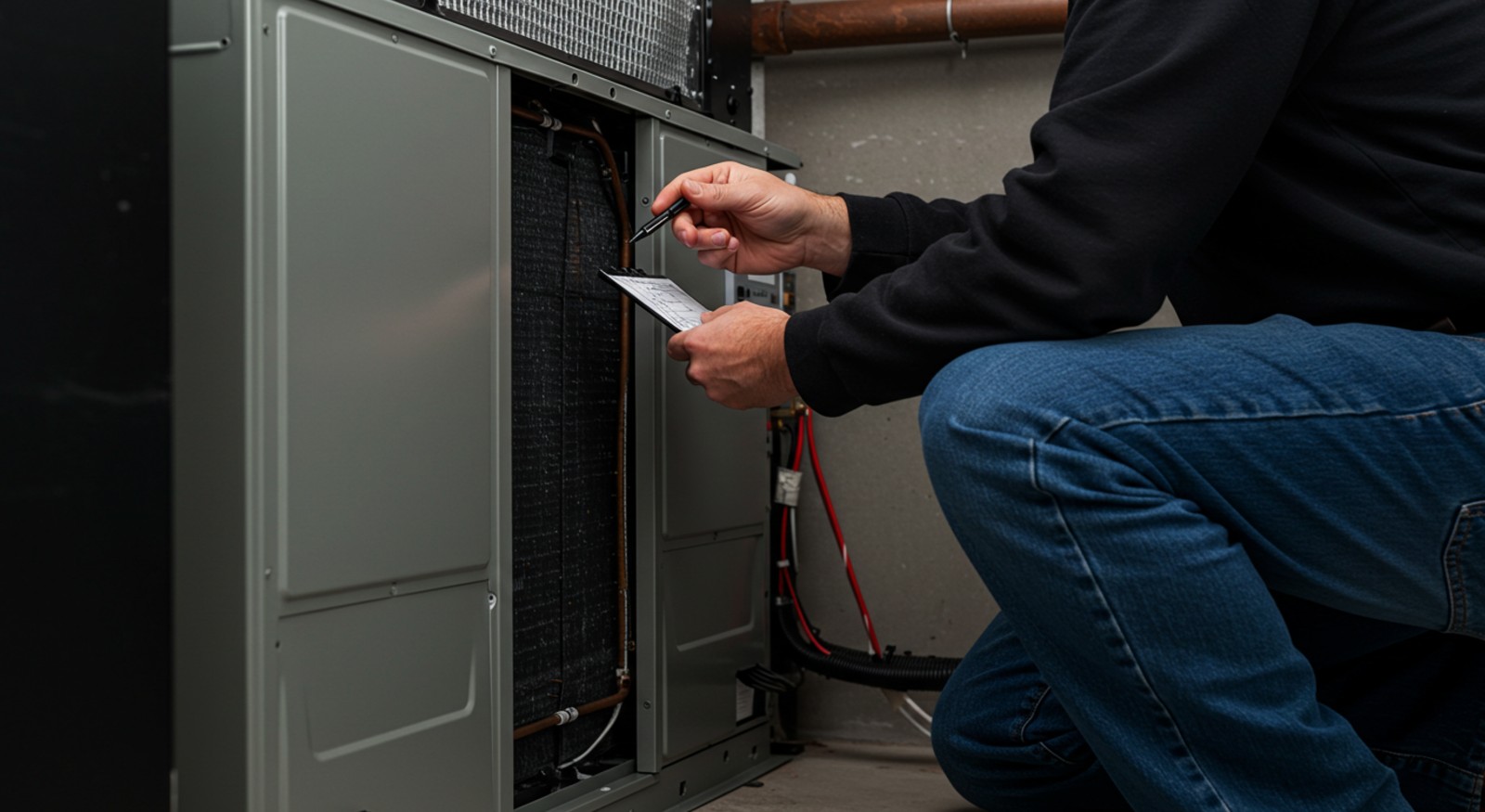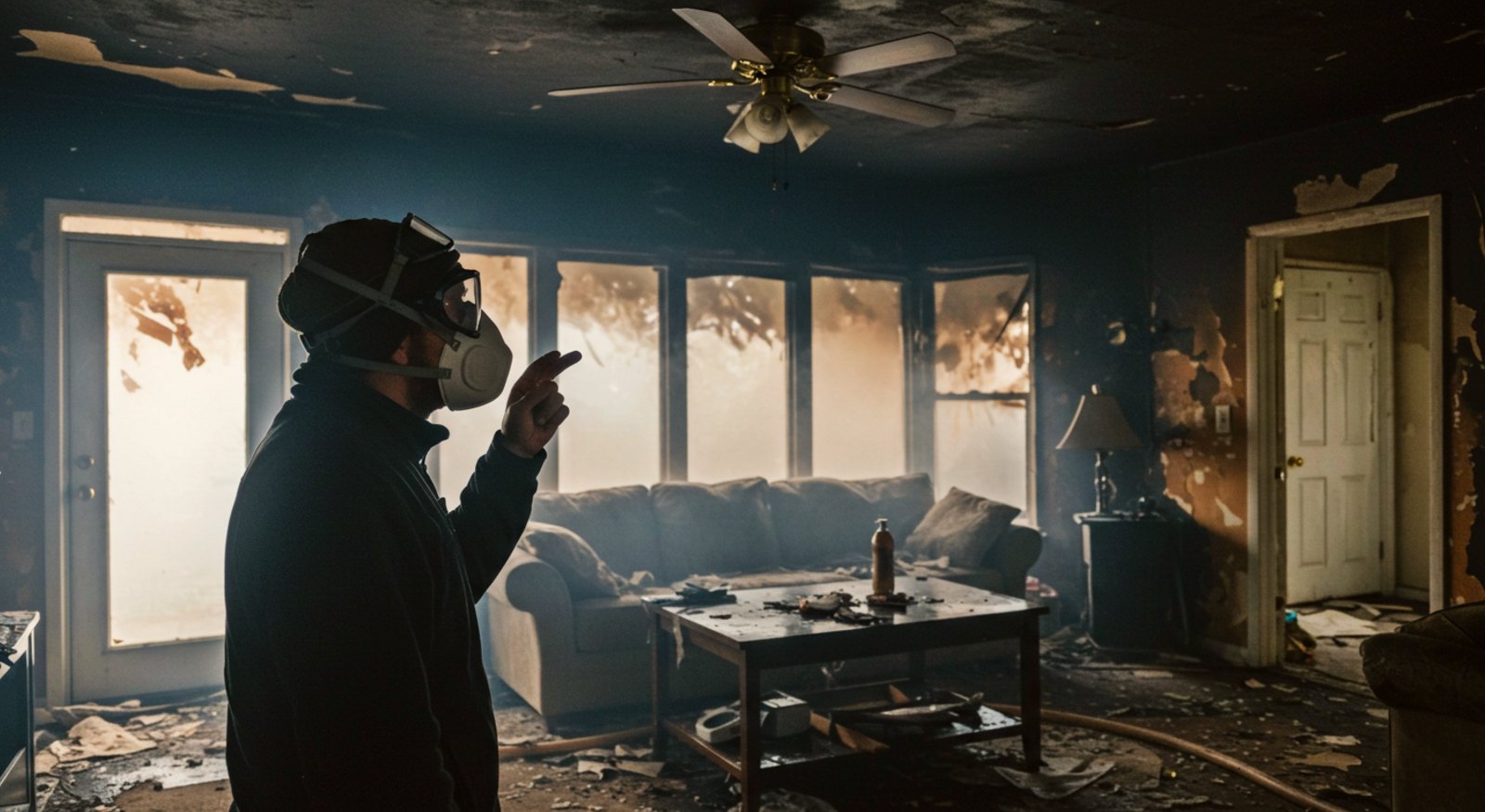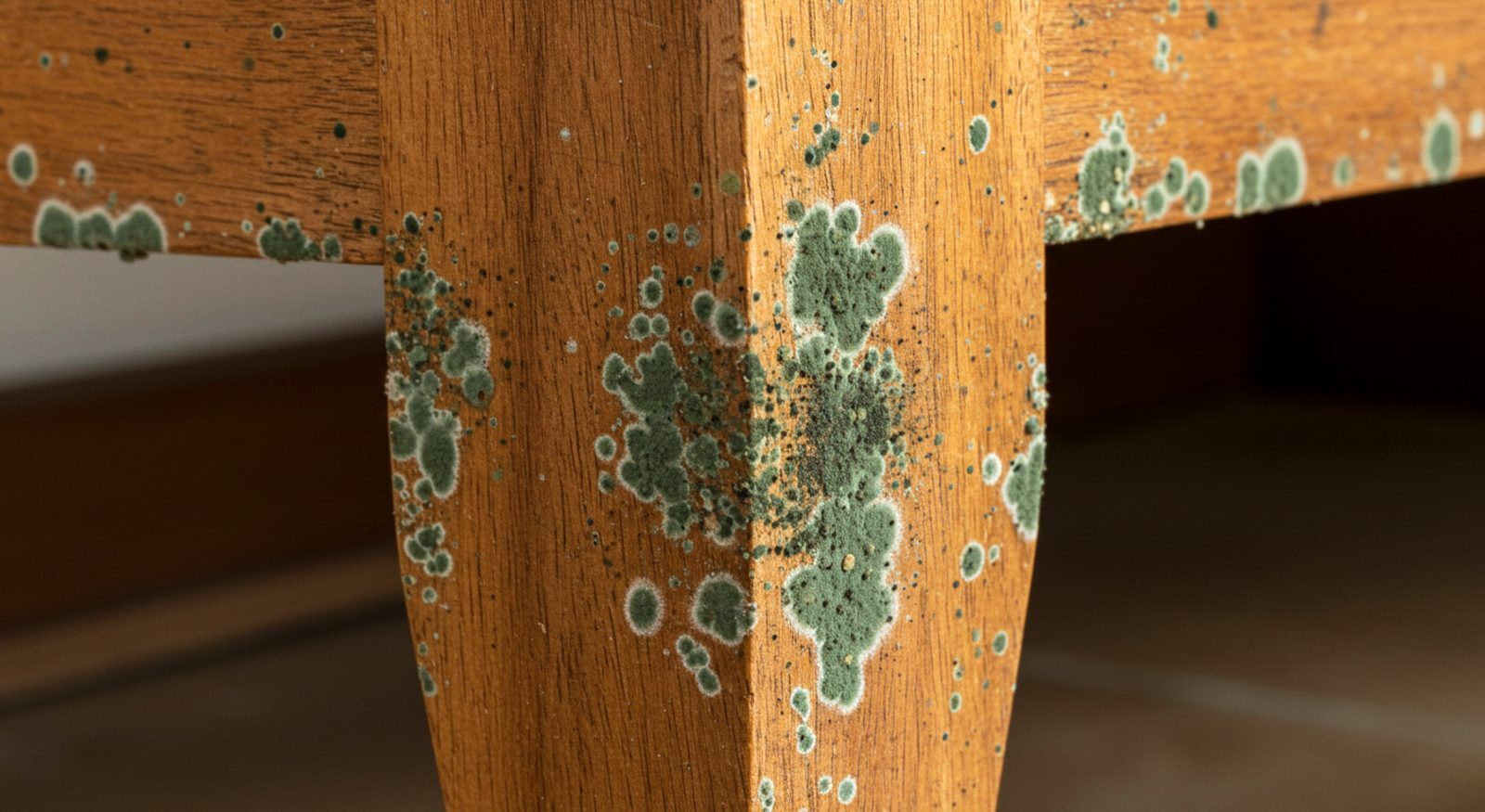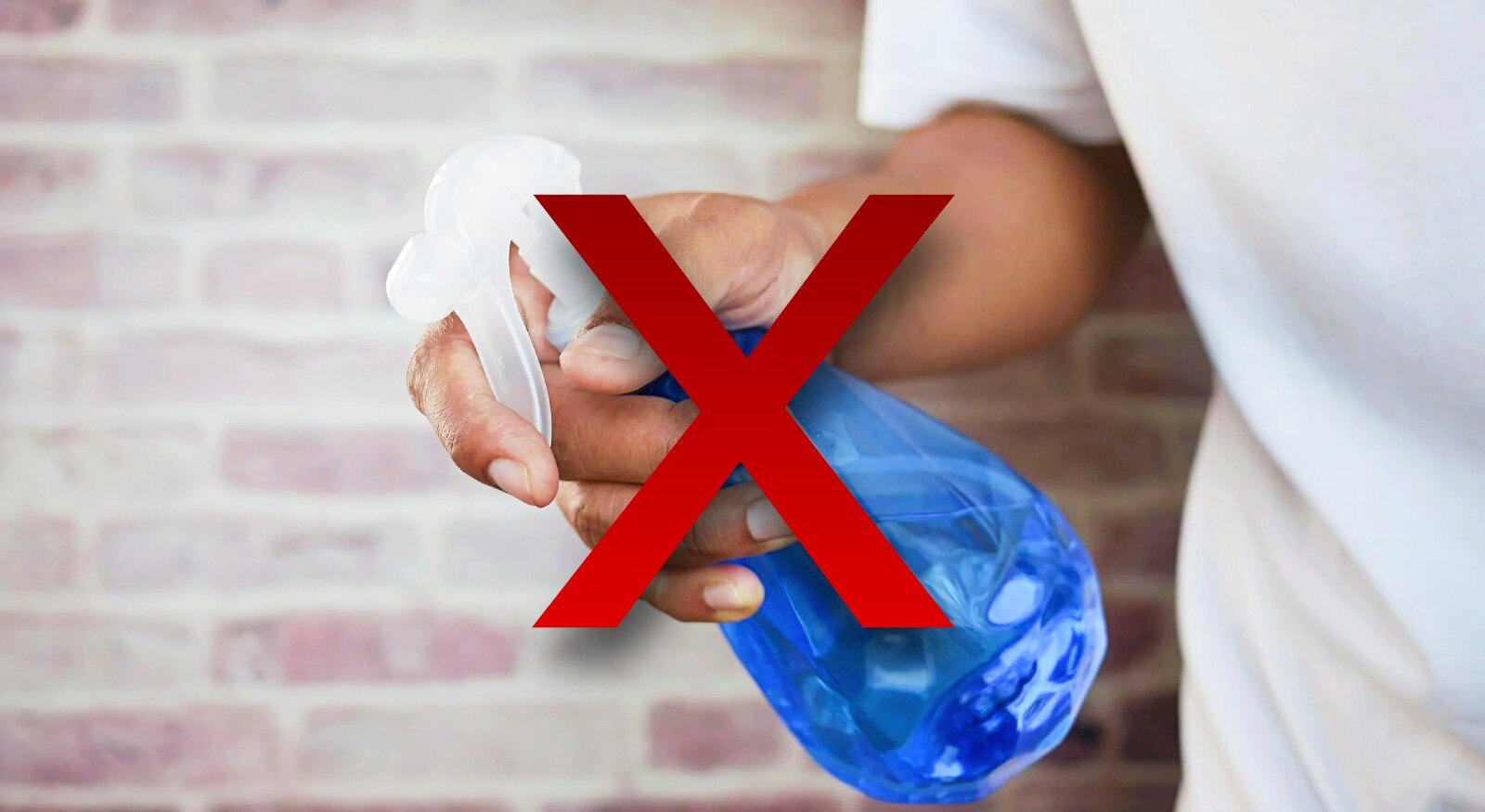Top 10 actions to take after severe weather in South Arkansas
October 7th, 2024
4 min read
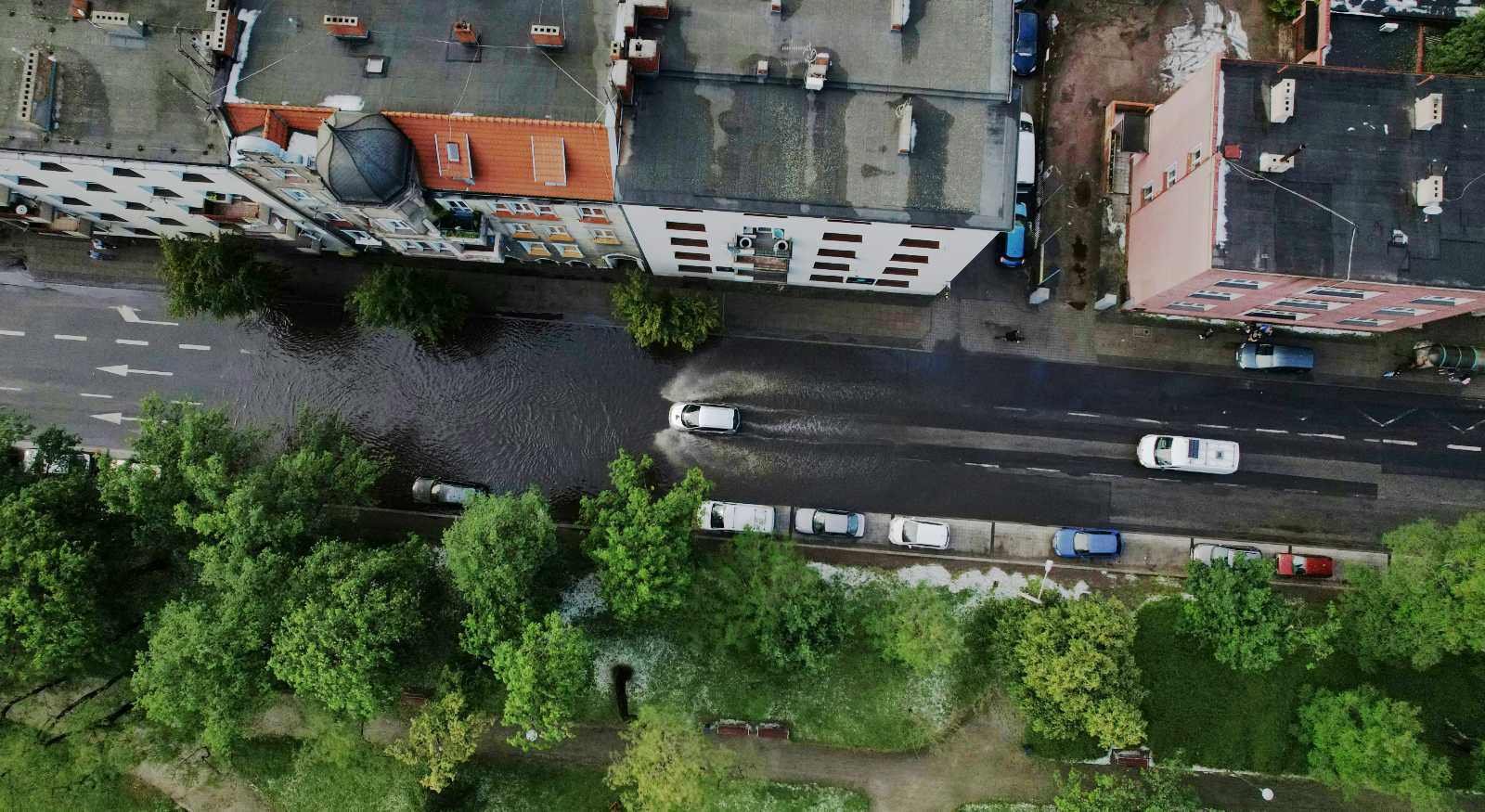
Hurricane Helene has starkly highlighted the significant impact that severe weather events can have on people's lives and properties. South Arkansas, which is susceptible to flooding, has experienced numerous natural disasters. As a diligent homeowner, you certainly don't want to be caught off guard. But are you prepared to take action after such devastation?
With over 50 years in the restoration industry, we've gained extensive insight into the havoc that natural disasters can wreak. As an IICRC-certified firm, we are adept at minimizing such damage. Naturally, we're eager to pass this expertise on to you today.
In this section, we will explore the essential steps that homeowners like yourself can take following severe weather events, especially floods. We aim to draw from past experiences and expert advice from reputable sources to guide you on the next steps. Let's learn together about the actions to take once it's safe to proceed.
What should you do after a flood in South Arkansas?
Surviving severe weather is only the first step—recovering from it requires strategic action. By following these tips, we believe you can protect your and your family's safety while preparing to get your home back to how it was before the flood:
1. Prevent injuries
Your priority after a natural disaster should be safeguarding your physical safety, loved ones, and pets. The American Red Cross recommends waiting until officials say it is safe to return home. Also, they recommend staying away from fallen power lines, poles, wires, any wet electrical equipment, and falling trees. Wear boots, long pants, work gloves, eyewear, and an N95 respirator when walking under flood water.
2. Protect your physical health
Floods move a lot of polluted water onto your doorstep and, sometimes even beyond, right into your home. You should avoid floodwaters as they may contain sewage, sharp items, and chemicals that can put your health at risk.
Another good rule of thumb is to avoid drinking tap water until it is declared safe. For information on water safety, check with your local public health department.
If your home is flooded, try to dry everything in it within 24 to 48 hours. If more time passes, you should assume mold growth and take precautions, particularly if you or your loved ones suffer from a respiratory disease.
3. Protect your mental health
During a significant incident like a flood, it is entirely within expectations to feel bad or experience stress and/or anxiety. Try to eat healthy food and sleep enough hours to recover from fatigue. If you need to talk to someone, call or text the Disaster Distress Helpline for free at 1-800-985-5990.
4. Contact your insurance company to start a claim
After it has been declared safe to return home, you should report your loss to your insurance company. Look for your insurance coverage policy and have your policy declarations page on hand. If you need help finding your insurance agent or carrier, call the FEMA Mapping and Insurance eXchange (FMIX) at (877) 336-2627.
Once you report your claim, your insurance adjuster will schedule an in-person or remote inspection within days. If you are still waiting to hear from them, contact your insurance company or flood insurance agent.
5. Prepare for the inspection
When there is water damage, it is recommended to discard every wet material or object you can. However, before this, there are some steps you should take:
- Document everything. Take evidence of all your personal property damage, structure damage, and floodwater levels for your claim estimate.
- Take pictures and record your home's inside and outside. We recommend organizing this material by room.
- Record information on your household appliances. This means looking at the maker, model, and serial number of washers, dryers, water heaters, kitchen appliances, televisions, and computers.
- Collect samples of building items, such as flooring, carpet, wallpaper, and drapes, to later give to the adjuster.
6. Contact a reputable professional restoration company
It's best to contact a restoration company as soon as you file your claim so they can begin working on mitigating the water damage. Professional restoration companies, like Restore-It, are equipped to get your home back to its pre-damaged state. Also, we at Restore-It can help you with the documentation.
7. Work with your insurance adjuster
Once your insurance adjuster arrives, they will show you their official identification (driver’s license), contact information, email address, phone number, the name of their adjusting firm, and the Flood Control Number. Your insurance adjuster will:
- Inspect your property to assess the scope of the damage.
- Review your policy coverage and limits.
- Answer all claim-related questions.
- Explain advance payments and whether you will receive one.
- Discuss the NFIP flood claims process.
- Submit documents to support your claim.
- Confirm your current mortgage holder’s name for the claim process.
- If you are eligible for additional assistance, discuss the availability of Increased Cost of Compliance (ICC) Coverage.
8. Review your estimate and receive payment
After the adjuster's inspection, they'll provide a repair estimate. Review it for accuracy and sign the proof of loss form. If you disagree or discover more damage later, contact your insurer with documentation to request additional payment. Your policy covers repairs using similar materials, but you must pay for upgrades if you want them.
Ask your adjuster about your coverage and deadlines, and save all related documents for future claims. Be cautious of representatives visiting your home. Always ask for ID, and report anything suspicious to law enforcement or the Disaster Fraud Hotline. Avoid sharing personal information.
9. Understand your claim payments
A standard claim typically takes 4 to 8 weeks to finalize and pay, with the check made out to you. Your mortgage lender may also receive it, requiring additional approvals.
If your claim is partially or fully denied and you disagree, you can appeal through the NFIP. Appeals must be submitted within 60 days of the denial letter and can only address the items mentioned in the denial.
10. Look for disaster assistance
Local governments and relief organizations often offer assistance programs after severe storms like Hurricane Helene or flooding events like the ones we tend to experience in South Arkansas. These can include grants, low-interest loans, or even volunteer cleanup efforts.
- Federal aid: If you are an NFIP flood insurance policyholder, you should apply for FEMA disaster assistance in addition to your flood insurance claim after an official Presidential Disaster Declaration. Expenses like temporary housing and other needs may be covered. You can apply via DisasterAssistance.gov, call 800-621-3362, or use FEMA’s online resources.
- Community organizations: In the wake of natural disasters, the local community supports cleanup and recovery through churches, nonprofits, and local volunteer groups.
Don't hesitate to seek help from these groups or even your relatives, especially if you need immediate assistance with debris removal or shelter. During difficult times, we should have each other's backs.
Begin the recovery process to a restored home today!
Natural disasters can catch anyone by surprise. Even if you know they are coming, it takes a lot of work to guess the extent of the damage they can do. However, there is a sliver of hope: knowing what to do afterward. By reading this article, you can now discern the best course of action. Now that we at Restore-It have taught you what to do after a flood, you should call us so we can begin the mitigation process and guide you throughout the entire restoration process. Your home will be left in good hands.
Alternatively, you can learn more about the mitigation and restoration processes to understand better how we at Restore-It handle these types of projects.
Topics:










